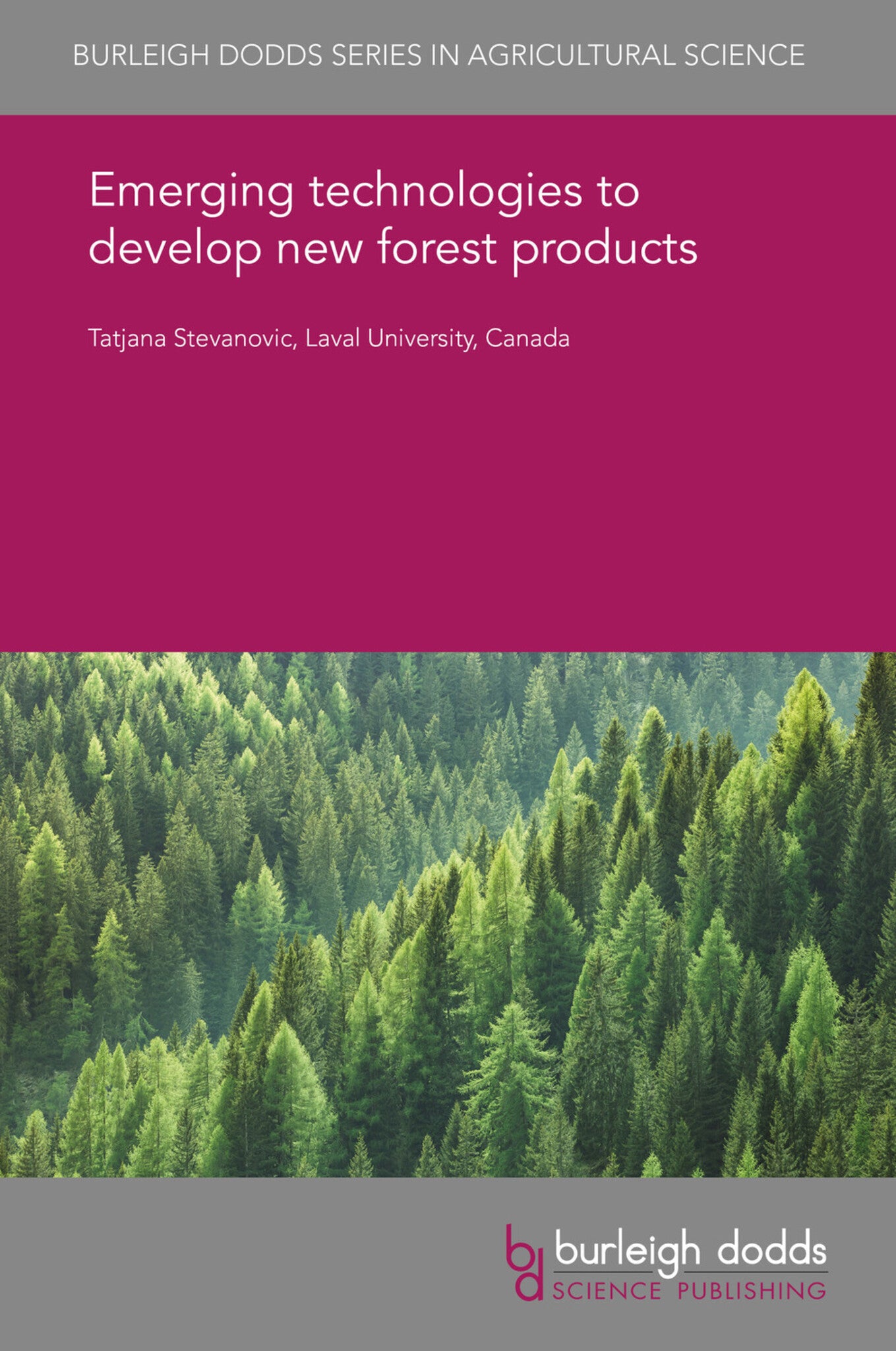We're sorry. An error has occurred
Please cancel or retry.
Emerging technologies to develop new forest products
Regular price
£25.00
Sale price
£25.00
Regular price
£25.00
Unit price
/
per
Sale
Sold out
Re-stocking soon
Forest trees occupy a central place among lignocellulosic plants, in terms of both abundance of wood they produce each year and also generating a variety of other biological tissues. This chapter f...
Read More

Some error occured while loading the Quick View. Please close the Quick View and try reloading the page.
Couldn't load pickup availability
- Format:
-
25 November 2019

Forest trees occupy a central place among lignocellulosic plants, in terms of both abundance of wood they produce each year and also generating a variety of other biological tissues. This chapter focusses on new processes and new applications of wood polymers, notably uses of lignins. The chapter considers the three major biopolymers: celluloses, hemicelluloses and lignins. The chapter focusses particularly on polymers, notably lignins, as the wood constituents are the richest carbon sources of all lignocellulosic polymers and the most important aromatic polymers on earth. Finally, the chapter looks ahead to future research trends in this area.

Price: £25.00
Publisher: Burleigh Dodds Science Publishing
Imprint: Burleigh Dodds Science Publishing
Series: Burleigh Dodds Series in Agricultural Science
Publication Date:
25 November 2019
ISBN: 9781786765109
Format: eBook
BISACs:
TECHNOLOGY & ENGINEERING / Agriculture / Forestry, Forestry and silviculture, TECHNOLOGY & ENGINEERING / Agriculture / Sustainable Agriculture, Forests and woodland, Boreal, coniferous forest, Sustainable agriculture

1 Introduction 2 Novel uses of cellulose 3 Novel uses of hemicelluloses 4 Novel uses of lignins 5 Polyphenols from bark 6 Future trends and conclusion 7 Where to look for further information 8 References



